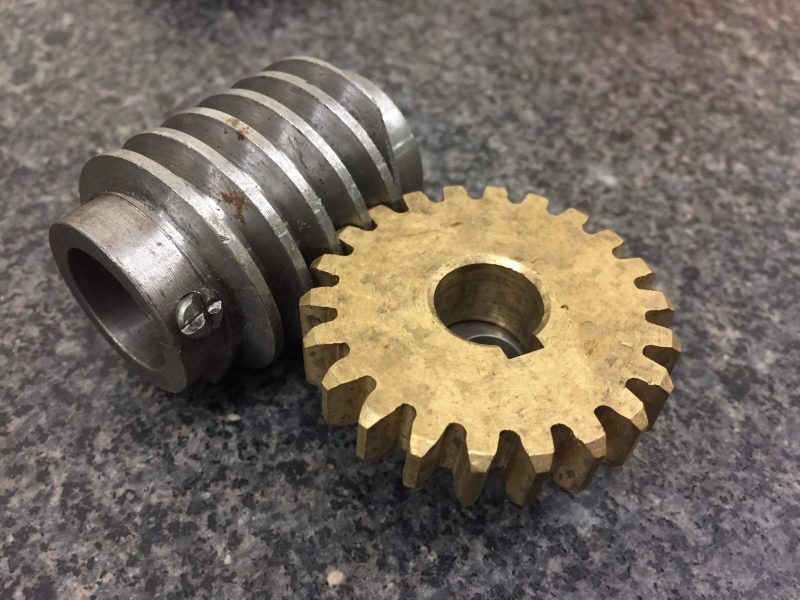Spur Gears
Spur gears are the most common type of gear and are used in a wide range of applications. They have straight teeth that are parallel to the axis of rotation and transmit power between parallel shafts. Spur gears are often used in applications where noise and accuracy are not critical factors.
Helical Gears
Helical gears are similar to spur gears, but their teeth are cut at an angle to the axis of rotation. This angle creates a diagonal contact between the teeth, which results in smoother and quieter operation. Helical gears are often used in high-speed applications where noise and vibration must be minimized.
Bevel Gears
Bevel gears are used to transmit power between non-parallel shafts. They have cone-shaped teeth and can have either straight or spiral teeth. Bevel gears are often used in applications where a change in direction is required, such as in differential gearboxes in automobiles.
Worm Gears

Worm gears consist of a worm and a worm wheel. The worm is a cylindrical shaft with a screw-like thread that meshes with the teeth of the worm wheel. Worm gears are used to transmit power between perpendicular shafts and can provide high gear ratios. They are often used in applications where precision and efficiency are critical factors.
Spur Rack and Pinion Gears
Rack and pinion gears are often used in steering systems in automobiles and other vehicles. The pinion gear is a small spur gear that meshes with a long rack gear. When the pinion gear rotates, it moves the rack gear in a straight line. This motion is used to control the direction of the vehicle.
Planetary Gears
Planetary gears consist of a sun gear, planet gears, and a ring gear. The planet gears mesh with the sun gear and the ring gear, allowing power to be transmitted between them. Planetary gears are often used in automatic transmissions in automobiles and other vehicles.
